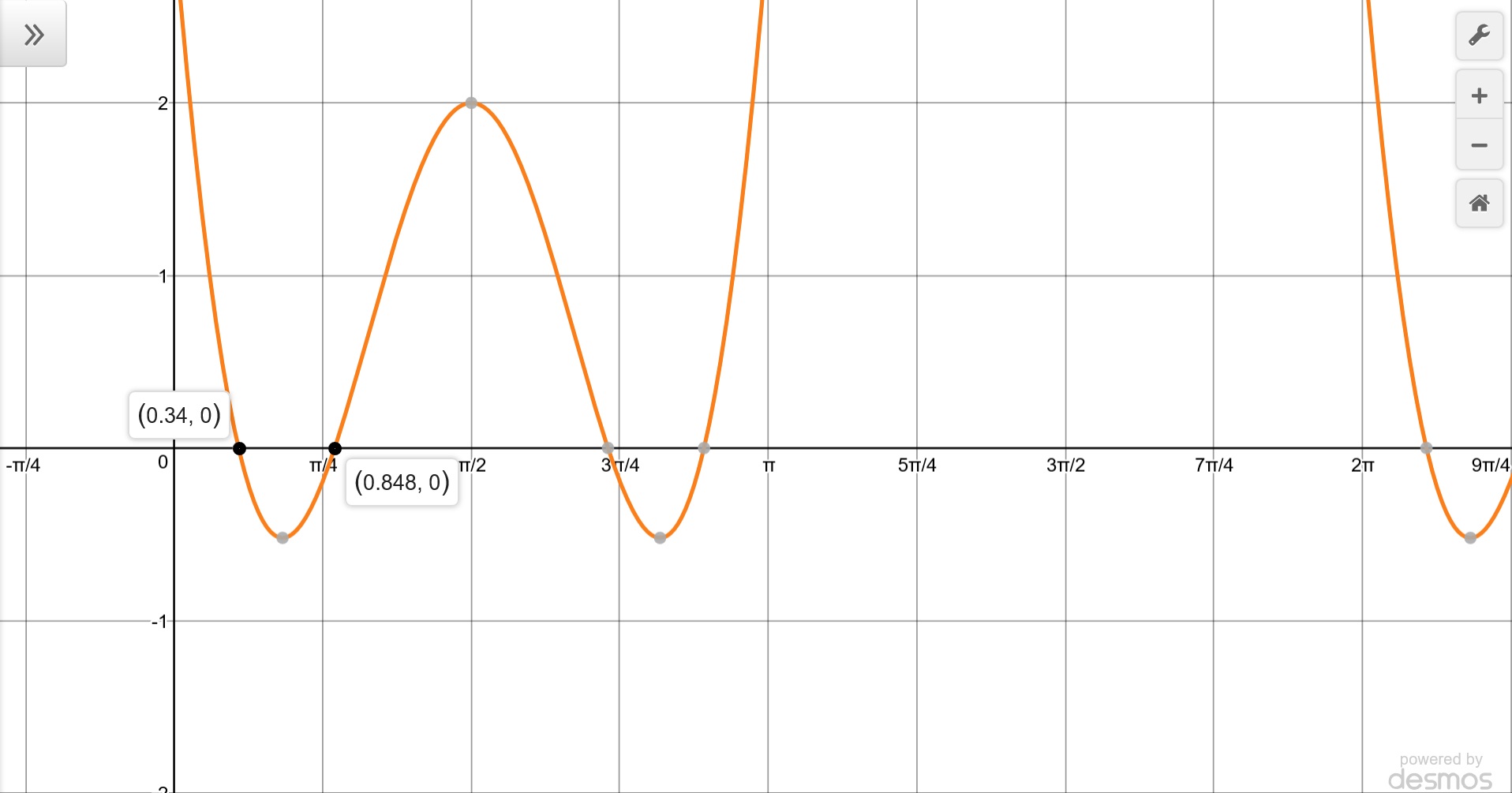How do you use the quadratic formula to solve #12sin^2x-13sinx+3=0# in the interval #[0,2pi)#?
2 Answers
The solutions are
Explanation:
Our equation is
The quadratic equation is
We start by calculating the discriminant
As,
So,
The solutions are
The values of
Explanation:
Strategy: Rewrite this equation as a quadratic equation using
Step 1. Rewrite this equation as a quadratic using
You are given
Replace
Step 2. Factor the quadratic equation.
Solving gives us
Step 3. Replace
These answer work because we were asked to find the solutions in
However, the graph of

Which shows four solutions in the interval
We must find the other solutions by recognizing that sine functions are periodic with respect to
So,
The other two solutions are

